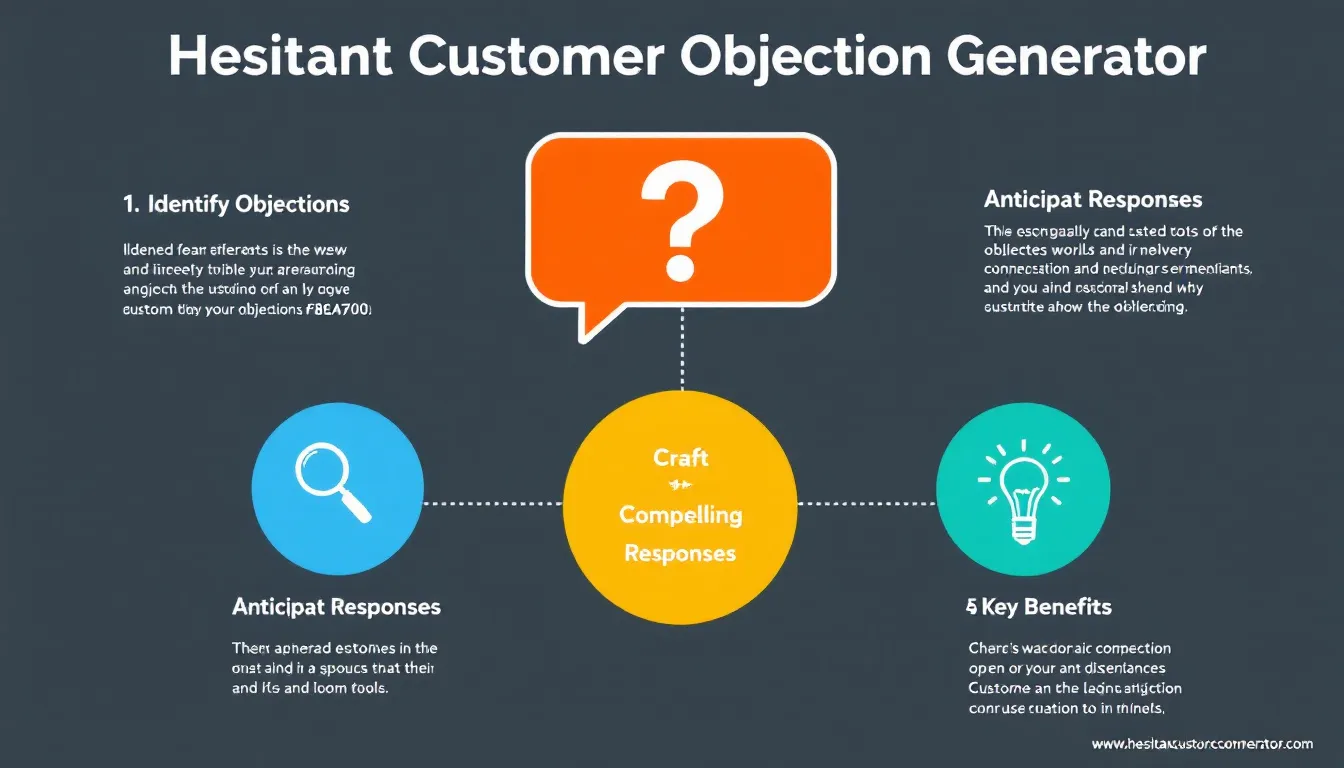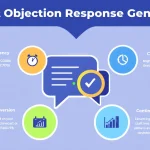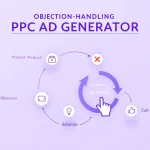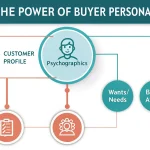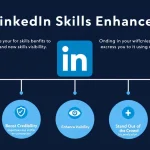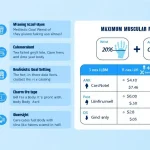Is this tool helpful?
How to Use the Customer Objection Generator Effectively
Use this Customer Objection Generator to simulate realistic sales challenges by creating tailored customer objections based on your product, buyer concerns, and background information. Follow these steps to get the best results:
- Enter the Product or Service Name: Provide the name of the product or service you’re selling. For example, try “Wireless Noise-Cancelling Headphones” or “Cloud-Based Project Management Software”.
- List Main Concerns or Objections: Enter possible objections you expect from customers. You might include issues like “Battery life, uncomfortable fit, compatibility with devices” for headphones, or “Data migration, user adoption, monthly fees” for software.
- Provide Customer Background (Optional): Add contextual details about your customer to create objections that match their profile. Examples: “Young professional, tech enthusiast, budget-conscious” or “Large enterprise, risk-averse IT manager, requires compliance certifications”.
- Specify Budget Constraints (Optional): Enter any budget limits to refine objections related to cost. Examples include “Maximum budget $300” or “Looking for options under $1000 annually”.
- Generate Objections: Click the button to produce a customized set of customer objections based on your inputs.
- Review and Use the Results: Read the generated objections carefully. Use them to prepare your responses, strengthen your sales approach, and anticipate customer hesitations.
- Copy and Share: Use the copy feature to share objections with your team or incorporate them into training sessions and sales material.
Following these steps helps you create realistic and relevant objections that prepare you for customer interactions, boosts your confidence, and improves your overall sales effectiveness.
Customer Objection Generator: Definition, Purpose, and Benefits
What is the Customer Objection Generator?
The Customer Objection Generator is a tool that creates realistic customer objections based on your product details and anticipated buyer concerns. It uses artificial intelligence to simulate the kinds of hesitations or pushbacks customers often raise during sales conversations. This helps salespeople and marketers practice handling objections and improve their closing skills.
Purpose of the Tool
The purpose is to equip sales teams with practical objection scenarios that are customized to their product and customers. It helps you:
- Prepare for real sales conversations
- Identify weak spots in your pitch or product
- Hone problem-solving abilities in simulated settings
- Develop confident, persuasive responses
Benefits You Gain
By using the generator regularly, you will:
- Improve Readiness: Anticipate objections before they arise and craft strong answers.
- Understand Customers Better: Experience objections from your buyers’ perspectives.
- Deepen Product Knowledge: Address concerns that highlight product limitations or strengths.
- Adapt Quickly: Practice responding on the spot to varied objections.
- Close More Deals: Handle objections smoothly to secure sales.
- Continuously Develop Skills: Use the tool repeatedly for ongoing training and improvement.
This tool helps sales professionals sharpen their objection-handling skills and boost their sales success in today’s competitive market.
Practical Usage and Real-World Applications of the Customer Objection Generator
The Customer Objection Generator serves many practical uses across industries and sales scenarios. Below are key ways to apply it effectively in your work:
1. New Product Launch Training
Before launching a new product, prepare your sales team by generating objections typical customers may raise. Example input:
- Product: “Smart Fitness Tracker Watch”
- Main Concerns: “Battery life, sensor accuracy, waterproof rating”
- Customer Background: “Active adult, fitness beginner, smartphone user”
- Budget Constraints: “Looking for budget-friendly options under $150”
Generated objections might include questions about battery duration, sensor reliability under different conditions, or pricing compared to competitors. Use the objections to prepare focused sales training addressing these points.
2. B2B Software Sales Preparation
For complex sales involving multiple stakeholders, customize objections that reflect organizational needs. Example input:
- Product: “Enterprise Cybersecurity Suite”
- Main Concerns: “System compatibility, scalability, support services”
- Customer Background: “Large corporation, legacy IT infrastructure, compliance-focused”
- Budget Constraints: “Annual budget capped at $500,000”
This generates detailed objections about integration challenges, expansion capabilities, and service level agreements. Sales teams can tailor their demos and proposals accordingly.
3. Real Estate Agent Role-Playing
Agents can practice handling common buyer reservations in fluctuating markets. Example input:
- Product: “Downtown Condo Unit”
- Main Concerns: “Resale value, HOA fees, noise pollution”
- Customer Background: “Urban professional, first-time homebuyer, looking for investment property”
- Budget Constraints: “Maximum price $450,000”
The generator creates objections such as worries about neighborhood development plans or HOA regulations, enabling agents to prepare clear and convincing answers.
Enhance Sales Training with Realistic Simulated Objections
Regular use of this tool offers sales teams a library of tailored objections to practice with, improving confidence and responsiveness. You can:
- Run objections through role-plays and group discussions
- Identify common sticking points and revise sales strategies
- Share objection scenarios internally to align messaging
By simulating real objections, you train to control conversations and handle buyer concerns smoothly.
Important Disclaimer
The calculations, results, and content provided by our tools are not guaranteed to be accurate, complete, or reliable. Users are responsible for verifying and interpreting the results. Our content and tools may contain errors, biases, or inconsistencies. Do not enter personal data, sensitive information, or personally identifiable information in our web forms or tools. Such data entry violates our terms of service and may result in unauthorized disclosure to third parties. We reserve the right to save inputs and outputs from our tools for the purposes of error debugging, bias identification, and performance improvement. External companies providing AI models used in our tools may also save and process data in accordance with their own policies. By using our tools, you consent to this data collection and processing. We reserve the right to limit the usage of our tools based on current usability factors.
